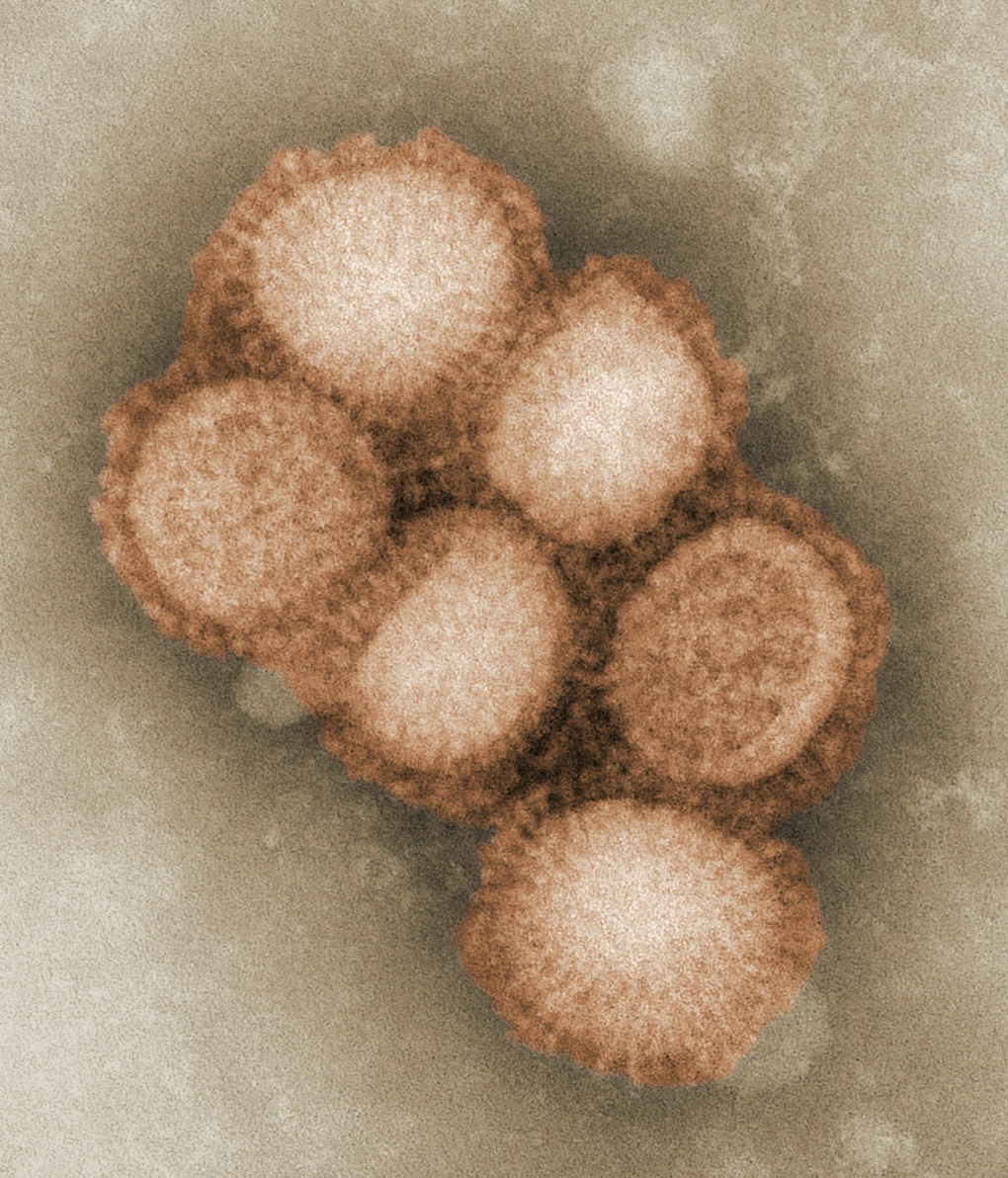Research roundup: What is the best way to vaccinate swine herds for influenza A?
March 10, 2021

A team of researchers from the University of Minnesota College of Veterinary Medicine investigating the transmission of a live attenuated influenza vaccine (LAIV) found that vaccinated pigs can only spread low levels of influenza A to non-vaccinated pigs — through both direct and indirect contact — for up to six days after vaccination. These findings can help direct vaccination protocols against influenza A to maximize virus control on swine farms. Influenza A virus is one of the most important respiratory viruses affecting pig health today. LAIV vaccines use a weakened form of the influenza A virus to create a strong, long-lasting immune response. The team of researchers, led by Montserrat Torremorell, DVM, PhD, set out to help establish the safest and most effective way to vaccinate herds with these vaccines. They investigated when, where, and for how long LAIV vaccinated pigs shed small amounts of the virus after vaccination. One hundred percent of the vaccinated litters tested LAIV positive right after vaccination and only a few remained positive up to six days after vaccination. Only a few of the non-vaccinated pigs tested positive during the course of the study. Vaccinated pigs shed the LAIV for a limited amount of time, resulting in minimal transmission to non-vaccinated pigs and low levels of LAIV in the air. The researchers also advise that LAIV vaccines only be used when swine influenza A is not already circulating in the population. The team also says more research is needed to understand the transmission dynamics of LAIV, the impact of antibodies on LAIV transmission, and the implications that using LAIV could have on influenza control in swine farms.
Read more in the paper, published February 11, 2021, in PLOS ONE.


